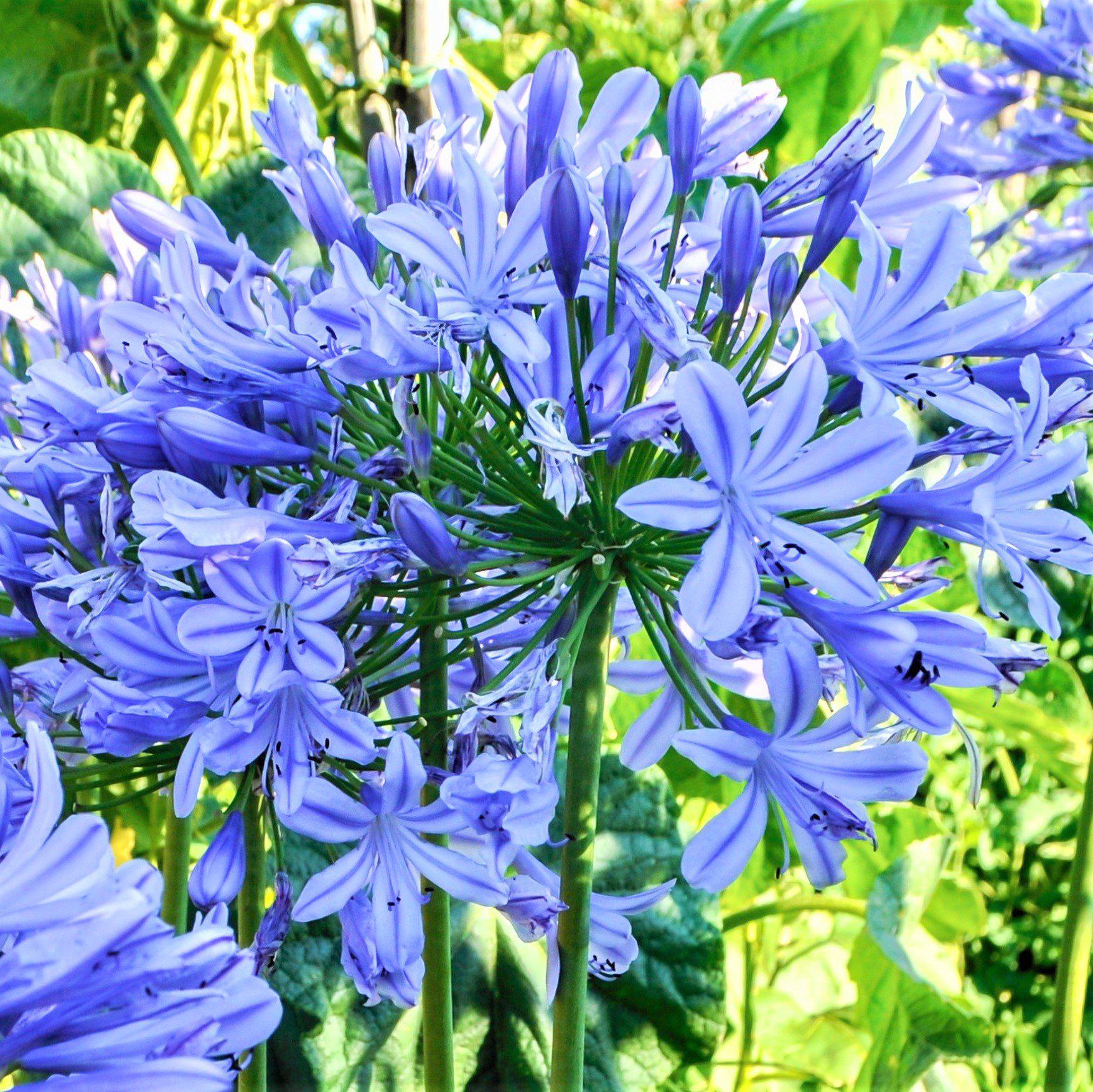Agapanthus Expanding Conditions: Soil, Sunlight, and Watering
Agapanthus Expanding Conditions: Soil, Sunlight, and Watering
Blog Article
Unleashing the Secret to Successful Agapanthus Farming: Advice for a Flourishing Garden
In the world of gardening, growing agapanthus successfully needs a calculated method that incorporates various elements of plant treatment. With cautious interest to information, one can unlock the keys to nurturing these magnificent flowers, resulting in a yard that thrives with elegance and vibrancy. By comprehending the subtleties of agapanthus cultivation, one can develop an atmosphere where these plants grow and bloom perfectly. In the following discussion, we will certainly explore essential tips and methods that will assist you in the direction of a prospering agapanthus yard, providing insights right into ideal practices, dirt conditions, sprinkling methods, and much more.
Growing Agapanthus: Best Practices
When growing Agapanthus, correct soil preparation is necessary for ensuring effective development and growth of these attractive flowers. Agapanthus, generally referred to as Lily of the Nile or African lily, grows in well-draining dirt with a slightly acidic to neutral pH degree - Agapanthus. Prior to growing, it is crucial to change heavy clay dirts with raw material such as compost or peat moss to improve water drainage and supply essential nutrients for the plants
To plant Agapanthus, select a place that gets full sunlight to partial color, as this will certainly promote healthy development and bountiful blooming. Dig an opening two times the size of the plant's root sphere and put the Agapanthus at the very same deepness it was formerly growing. Carefully backfill the opening with soil, pushing down strongly to remove any kind of air pockets around the origins.
Water the recently grown Agapanthus extensively and continue to keep the dirt evenly wet, particularly during the plant's energetic growing period. Agapanthus. Using a well balanced fertilizer once a month can further sustain the plant's growth and flowering. By adhering to these finest methods for planting Agapanthus, you can create a stunning display of these captivating flowers in your yard
Perfect Dirt Issues for Agapanthus
For ideal development and blooming success of Agapanthus plants, making certain the soil problems are optimal is essential. Agapanthus favors soil that is rich in nutrients, so including a well balanced fertilizer during the expanding season can advertise healthy and balanced growth and vivid blooms.

Watering and Feeding Tips
To guarantee healthy growth and vivid flowers, correct watering and fertilizing strategies are crucial for effective Agapanthus cultivation. Agapanthus plants profit from routine watering, specifically during the expanding season.
When it comes to fertilizing Agapanthus, a balanced plant food with equivalent parts nitrogen, phosphorus, and potassium can be applied in the springtime to promote healthy and balanced development and blooming. Slow-release fertilizers are perfect for offering nutrients progressively over a prolonged period. Stay clear of over-fertilizing, as this can lead to too much vegetation growth at the expenditure of blooms.
Furthermore, incorporating natural matter like garden compost into the soil can boost nutrient degrees and improve dirt framework, aiding in the overall wellness of the Agapanthus plants. By following these watering and fertilizing tips, garden enthusiasts can ensure their Agapanthus plants grow and create spectacular displays of flowers.
Pruning and Deadheading Strategies
Appropriate trimming and deadheading methods play a crucial function in maintaining the health and wellness and aesthetics of Agapanthus plants, enhancing the vital techniques of watering and fertilizing for effective farming. Trimming Agapanthus includes removing spent blossom heads, yellowing or dead leaves, and general shaping of the plant to advertise better development. Deadheading, the procedure of getting rid of discolored blossoms, not only improves the plant's look however likewise motivates more growing.
When deadheading Agapanthus, it is a good idea to snip off the flower stem at the base utilizing sharp, clean shears. This process reroutes the plant's energy from seed manufacturing back right into root and vegetation development, advertising a healthier and more robust plant. Routine deadheading can expand the blooming period of Agapanthus and protect against self-seeding, which can lead to overcrowding.
In regards to trimming, Agapanthus normally gain from a light trim after blooming to clean up the plant and motivate fresh growth. Reducing the spent flower stems and removing website link any dead or damaged foliage assists preserve the plant's vigor and overall look. Nonetheless, it is vital to prevent reducing into the crown of the plant, as this can weaken its health.

Protecting Agapanthus From Pests and Diseases
Carrying out efficient pest and disease monitoring methods is vital to guarding the health and vigor of Agapanthus plants in growing. One typical pest that impacts Agapanthus is the Agapanthus borer, a caterpillar that passages into the plant, creating damage to the blossoms and leaves.
In addition to pests, Agapanthus are susceptible to conditions such as origin rot and fungal fallen leave areas. you can find out more By staying watchful and addressing parasite and condition problems quickly, garden enthusiasts can assist their Agapanthus prosper and flourish.

Verdict
In verdict, successful growing of agapanthus needs appropriate growing techniques, ideal dirt problems, adequate watering and fertilizing, normal pruning and deadheading, and protection from conditions and parasites. By complying with these techniques and ideas, garden enthusiasts can make sure a growing yard filled with gorgeous agapanthus blooms. Agapanthus. Remember to maintain constant treatment and attention to information to advertise the health and longevity of these spectacular plants
When growing Agapanthus, appropriate dirt prep work is crucial for ensuring effective development and growth of these beautiful flowers.Water the newly planted Agapanthus completely and proceed to maintain the dirt uniformly moist, particularly throughout the plant's energetic growing season.For optimal development and flowering success of Agapanthus plants, making sure the dirt problems are perfect is critical. When hair transplanting or planting Agapanthus, ensure the dirt is well-prepared to supply the needed structure for the plants to develop themselves successfully. One common insect that impacts Agapanthus is the Agapanthus borer, a caterpillar that passages right into the plant, causing damages look at here now to the flowers and leaves.
Report this page